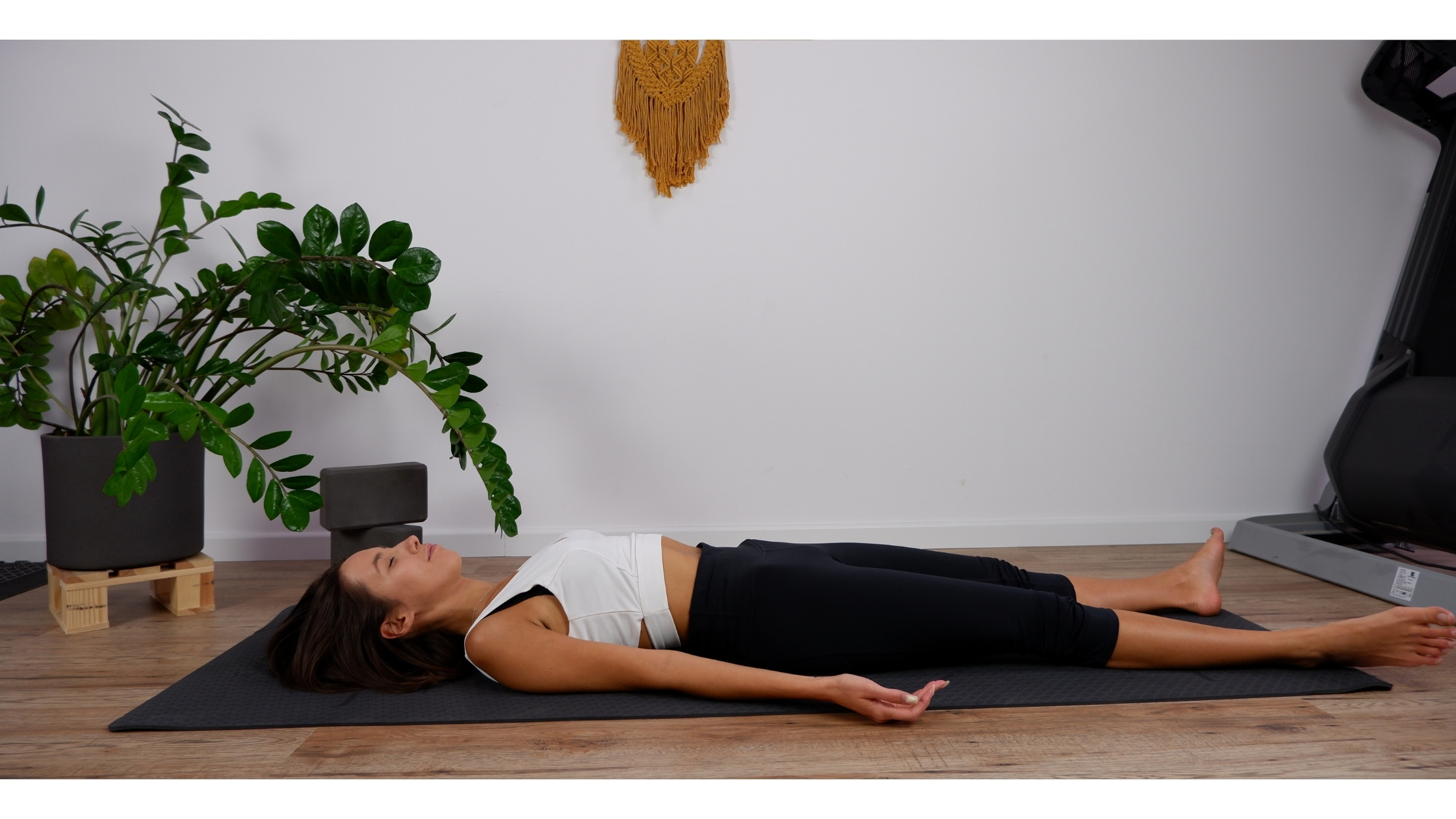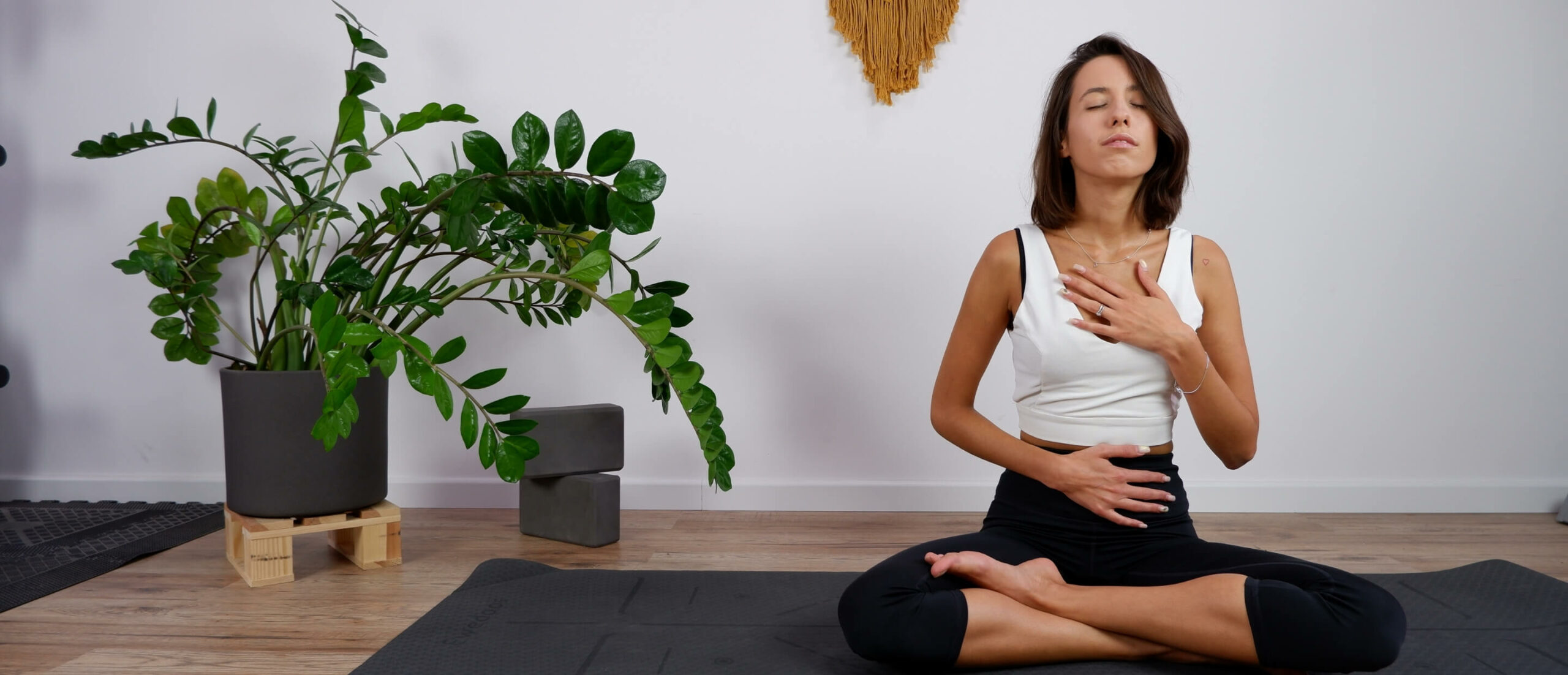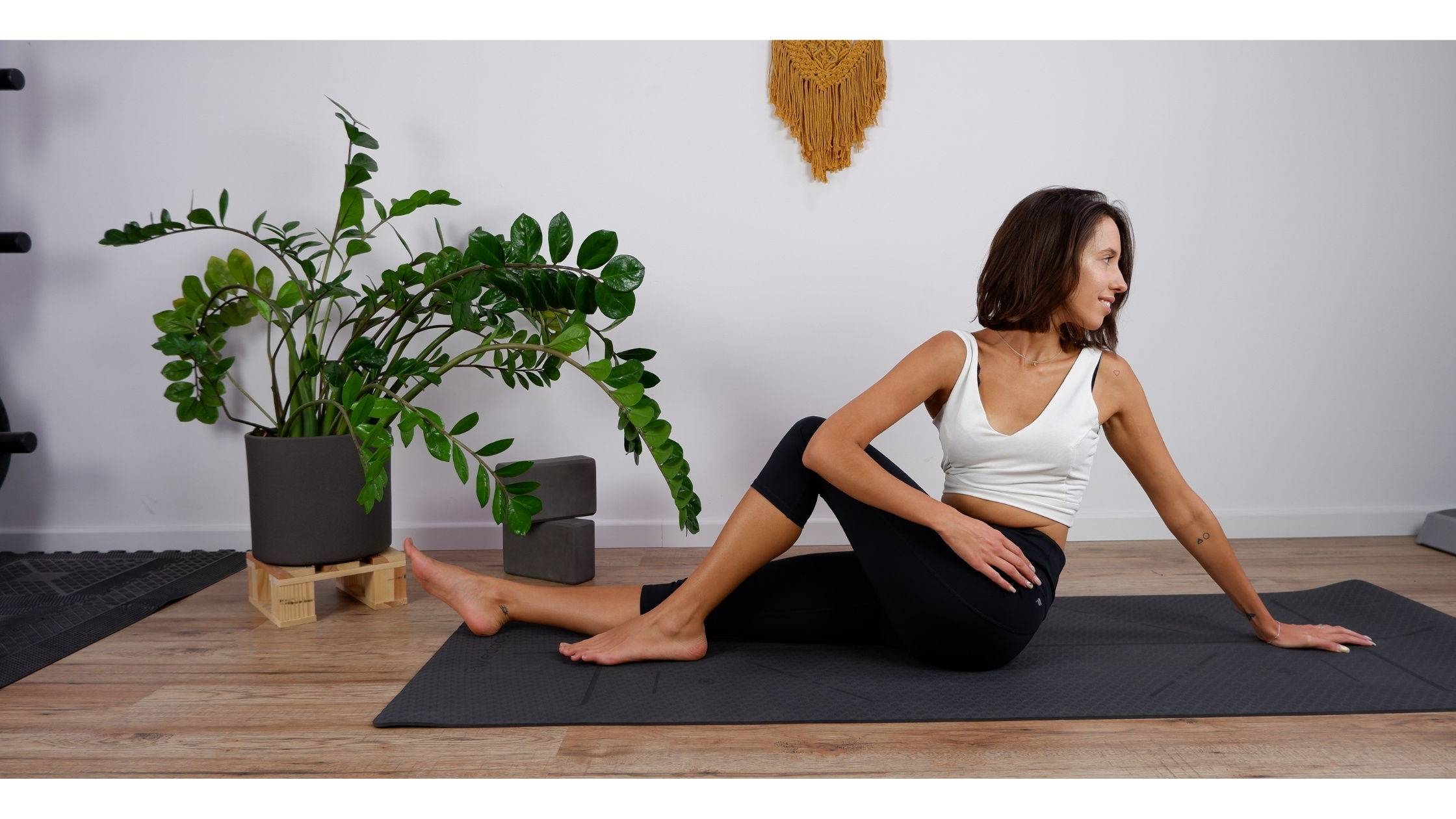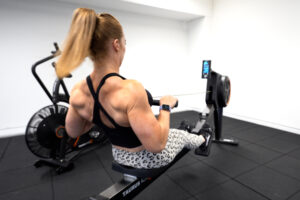Beginner Yoga, Meditation and Mindfulness for Stress Relief
In the last few years, Yoga, Mindfulness, and Meditation have been widely talked about as being effective tools for movement, relaxation, and stress relief. As a part of Stress Awareness Month 2021, we’d like to highlight these practices, go over their benefits and explain how they can support you in alleviating stress.
In this article, you’ll find a beginner’s guide on how to start your journey with relaxation practices such as yoga and meditation. They can be practised by individuals of any age and any fitness level.

YOGA
Yoga brings together physical and mental disciplines to help you achieve peacefulness and relaxation of body and mind. It comes with numerous health benefits, of which many help combat stress. Yoga can help you relax, reduce tension in the muscles and enhance your mood and overall sense of well-being. It will support you in managing symptoms of depression and anxiety while improving your strength, balance, flexibility, and range of motion.
Here are few easy yoga poses for beginners that will help you kickstart your journey, with relaxation techniques and relieve stress symptoms:
1. Child’s Pose
- Kneel on your yoga mat with your feet together and your knees hip-width apart.
- Rest your chest on your knees and your forehead on the mat.
- Stretch your arms comfortably in front of you.
- On exhale, lower your abdomen and torso between your legs.
- Rest in the pose for as long as you need.
Child’s pose is a beginner-friendly yoga pose that quiets your mind and alleviates stress. It benefits both your nervous and lymphatic system.

2. Bridge Pose
- Lie down on your back, bend your knees, and set your feet on the floor.
- Press your hands and elbows into your mat.
- On inhale, press your shoulders and feet into the floor and slowly lift your hips pushing them upwards.
- Engage your buttocks and thighs to prevent your knees from spreading out wide.
- Hold for 5-10 breaths and then slowly lower your spine back to the floor.
Bridge Pose stretches the abdominal area and improves digestion. It provides gentle stretching of your back, thighs, legs, glutes, hips, abdomen, and chest. Additionally, you may benefit from reduced anxiety, fatigue, backaches, headaches, and insomnia.
3. Legs-Up-The-Wall Pose
- Lie your back down with your hips against a wall.
- Lift your legs up the wall.
- Extend your arms on your sides parallel to the wall with your palms facing upwards.
- Your bottom should be pressed against the wall – as close as possible.
- Hold for 5 minutes.
Legs-Up-The-Wall Pose gives blood circulation a gentle boost toward your heart and upper body. Some of the other benefits of this pose include boosting energy levels, relief of headache and lower-back pain and reduction of stress. Attention: you should avoid this pose if you suffer from glaucoma, hypertension, or hernia.

4. Cat Pose
- Begin with your knees and hands pressed into the mat.
- Exhale drawing your belly to your spine.
- Round your back towards the ceiling.
- Relax your head towards the floor.
Cat pose stretches the lower back, massages the spine and belly organs and relieves tension and stress. Cat pose is often combined into one movement with Cow Pose described next.

5. Cow Pose
- Start from the Cat Pose.
- On inhale, drop your belly toward the floor,
- Lift your chest and your chin up.
- Broaden your shoulders drawing them away from your ears.
Cow Pose is a continuation of the Cat Pose. It gently warms up your spine, relieving stress and calming your mind. Additionally, it stimulates organs and improves emotional balance.

6. Marichi’s Pose
- Sit down on the mat with your right leg straightened and your left leg bent in the knee, pressing your left foot into the mat.
- On exhale, rotate your torso to the left placing your right elbow on the outside of your left thigh.
- Gently turn your head to the left
- Press your left-hand fingers into the mat, slightly lifting your torso up and forward.
- With each inhale, continue to lengthen your spine, and with each exhale twist your torso a little bit more.
- Stay in the pose for 30-60 seconds and repeat on the other side.
Marichi’s Pose massages and stimulates abdominal organs such as the liver and kidneys. It strengthens the spine, stretches your shoulders relieving backache and hip pain. It can also improve your digestion and reduce fatigue, headaches, and insomnia.
7. Corpse Pose
- Lie down on your mat flat on your back.
- Place your arms along your body with your palms facing up.
- Close your eyes and breathe slowly and deeply.
- Starting at the top of your head, bring attention to each muscle/part of your body focusing on its relaxation. It’s important to do this one muscle at a time.
- Start by practising for 3-5 minutes and increase the duration as you learn how to stay focused for longer periods of time.
Corpse Pose, also knowns as Savasana, is all about the art of relaxation. The essence of this pose is to relax with attention – remain alert, conscious and aware while being relaxed and at ease. Savasana is the practice of relaxing your body muscle by muscle, one body part at a time and one thought at a time.
This pose improves the sense of physical and emotional well-being and releases tension and stress from your body. Corpse pose will help you put your body at ease and enhance full-body relaxation by slowing down breathing, lowering blood pressure and quieting down your nervous system.

MEDITATION AND MINDFULNESS
The term “Mindfulness” has gained a lot of popularity in the last years so let’s clarify the differences between the terms “meditation” and “mindfulness”. Nowadays, the terms are often used interchangeably, so if you’re new to these practices, it can be confusing. I know it was for me.
Let’s start with the simple fact that mindfulness is a type of meditation. It’s a quality, a technique – a state of being aware, paying attention to our surroundings, and being present in the moment with no judgment.
Meditation, on the other hand, is a practice that utilizes techniques (such as mindfulness) to focus the mind on a particular thought or object in order to train individual’s attention and awareness. The aim and goal of meditation is to achieve mental clarity and emotional balance, whereas mindfulness is a technique used to achieve that.
Mindfulness as a quality on its own brings many benefits such as improved self-esteem and self-acceptance; therefore, for many mindful living is a goal on its own – without practising meditation.

MEDITATION FOR STRESS RELIEF
When you meditate, you clear your mind of overwhelming thoughts, anxiety, and the overload of information that builds up in your day-to-day life. Meditation can give you a sense of peace and calm – balancing your emotional and physical well-being. During meditation, you focus your mind on one particular activity or thought to eliminate the overwhelming amount of jumbled thoughts that cause you stress and anxiety.
Meditation will help you gain a new and clear perspective on stressful situations, reduce negative emotions, increase self-awareness and focus on the present. It will help you solve and approach your problems with a calm and clear mind, without panic or tension. Additionally, meditation can increase imagination, creativity, and patience.
Some of the most popular types of meditation include guided meditation (you can find those on mobile apps and platforms such as youtube), mantra meditation (silently repeating one chosen word, phrase, or thought known as your ‘mantra’), mindfulness meditation (being mindful and focusing on your surroundings, being present in the moment), Qi gong (combination of breathing exercises, physical movement and relaxation to restore balance), Tai chi (a gentle Chinese form of martial marts) and Yoga (series of postures with controlled breathing).

EASY MANTRA MEDITATION FOR BEGINNERS
- Sit down or lie down comfortably.
- Close your eyes.
- Take few deep breaths and continue to breathe naturally.
- Choose a mantra that resonates with you and your needs – for example, “With every breath, I let it go”.
- Repeat your mantra silently or out loud focusing your mind on the words. After some time you will find a rhythm and tempo to your mantra and breathing. Focus on the words, the way they flow, and connect to the rhythm of your breath. Notice how your mantra makes you feel.
- Every now and then your mind may wander off. Don’t force your thoughts out. Instead, acknowledge them, let them go, and return to your mantra.
- Remain in the meditation for 5-10 minutes.
EASY MINDFULNESS EXERCISE FOR BEGINNERS
- Sit down or lie down comfortably.
- Close your eyes.
- Breathe naturally.
- Focus your mind on your breath. Pay attention to how your belly moves with each inhale and exhale. Observe the tempo of your breath. Focus on the movement of your chest, ribs, and shoulders.
- Notice your surroundings. What do you hear? What do you feel? What’s around you? Be present in that moment. Observe with no judgment.
- Every now and then come back to your breath.
- Practice for 5-10 minutes.

As you progress and practice it gets easier and easier to stay focused for longer periods of time. After few days you can try to extend the time of your meditation/mindfulness exercise or practice more times in a day. You will notice differences in just a few weeks. Most importantly, remember to enjoy and take pleasure in this self-care practice – be present in the moment!
Make sure not to miss our upcoming articles which will relate to Stress Awareness Month 2021 and if you haven’t yet check out 6 Benefits of Daily Yoga Sessions and our advice on Where to Begin? – Stress Awareness Month 2021.
To support your practice gear up with Yoga mats and accessories and a range of wellness products that will take at-home relaxation to the next level.














Post Comment